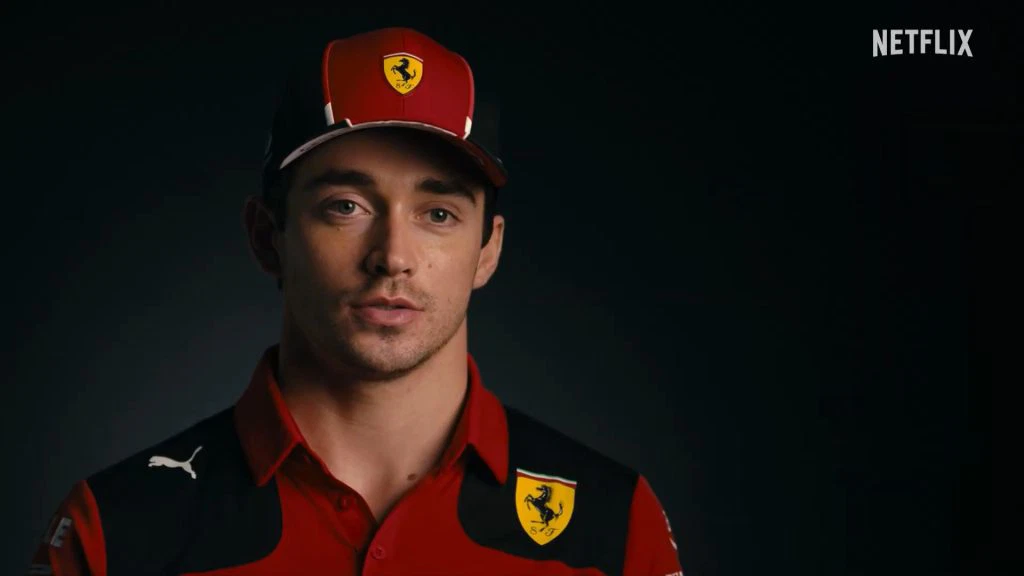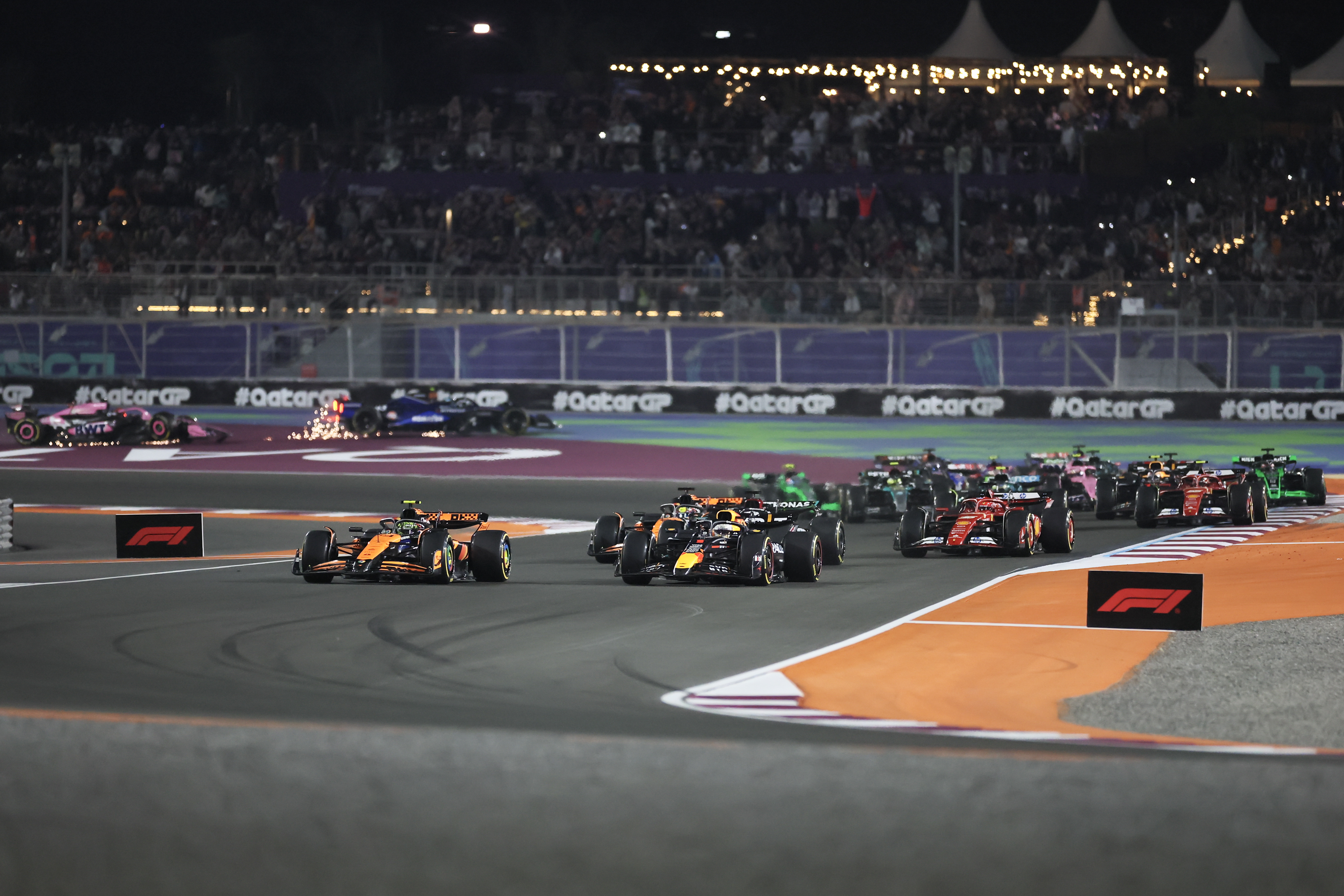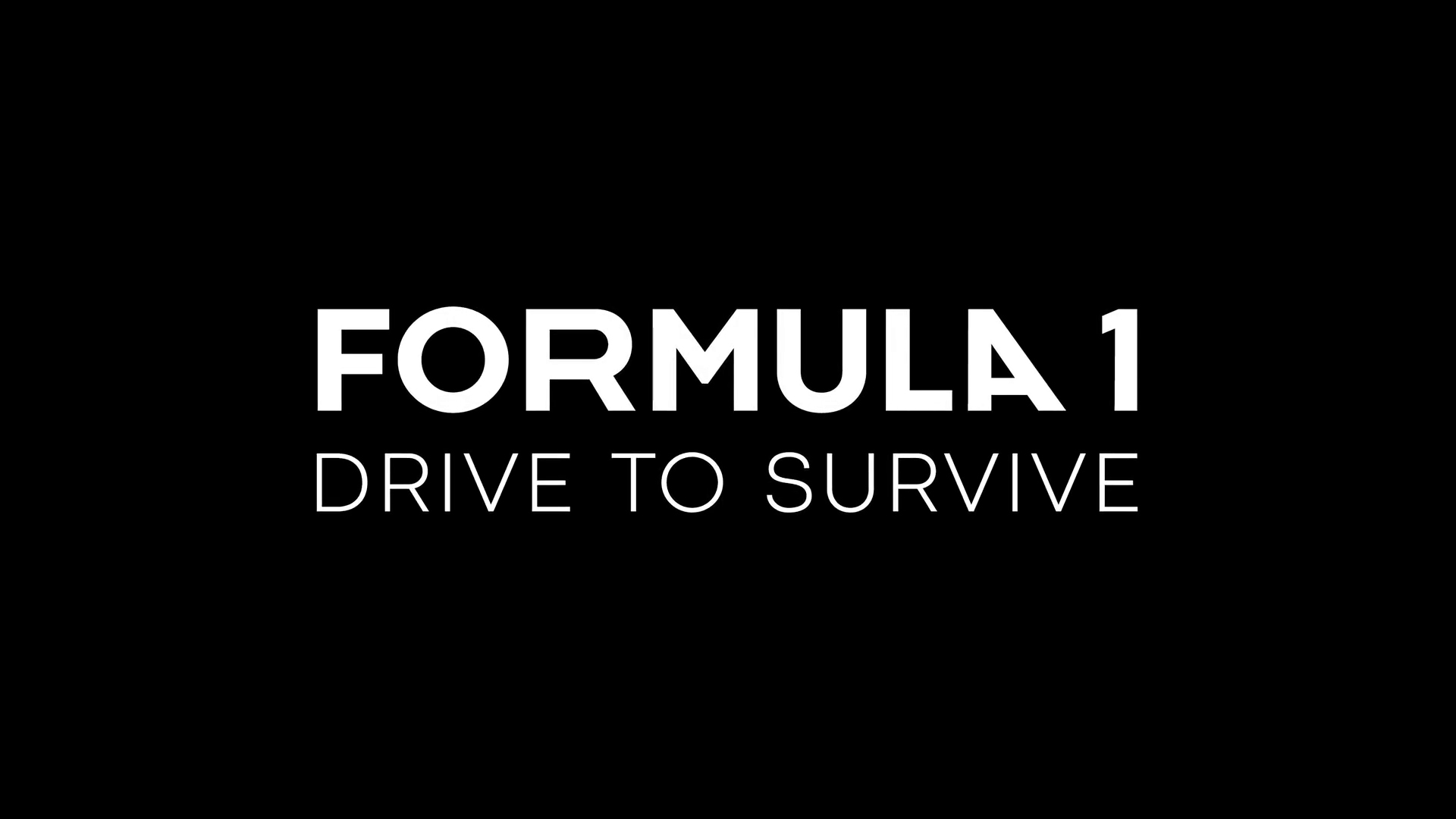Netflix’s Drive to Survive Season 8, released on March 7, 2025, promised another thrilling dive into the high-octane world of Formula 1, but it’s a disappointing detour that leaves fans revving for more. While the series retains its glossy production and access to the F1 paddock, it’s stripped of the compelling behind-the-scenes drama and character-driven narratives that made earlier seasons addictive. Instead, Season 8 feels like an extended F1 highlights reel—racing recaps and predictable podium shots, devoid of the gritty backstories and tension that defined the show’s rise. At CGN Network, we’re hitting the brakes on this lackluster season, critiquing its failure to focus on the sport’s soul and deliver the human drama fans crave.
The Formula That Fizzled: A Lack of Depth
Since its 2019 debut, Drive to Survive captivated audiences with its blend of high-speed racing and off-track intrigue—think Daniel Ricciardo’s charm, Lewis Hamilton’s battles with Mercedes, or Max Verstappen’s fiery rivalry with Lando Norris, as The Athletic praised in 2022. But Season 8, covering the 2024 F1 season, ditches that formula for a sterile focus on race results, leaving viewers with little more than a polished recap of what they already saw on TV. Episode 1, “Red Bull’s Reign,” recaps Verstappen’s dominant 2024 championship win, but offers no fresh insight into his dynamic with team principal Christian Horner, despite PlanetF1 reporting tensions over budget caps, per The Race.
The series, spanning 10 episodes, leans heavily on race footage—slow-motion crashes, pit stop battles, and podium celebrations—but skims over the human stories that fueled its popularity. Episode 6, “Vegas Showdown,” features Donald Trump’s cameo at the Las Vegas Grand Prix, which we praised at CGN for its America First energy, but even that moment lacks depth, offering only surface-level soundbites instead of exploring Trump’s impact on F1’s U.S. growth, as AP News suggested. The Guardian noted in 2025 that Season 8 feels “formulaic,” missing the raw interviews and personal struggles—like Yuki Tsunoda’s maturity arc in Season 5—that hooked viewers.

Backstories Missing in Action: A Missed Opportunity
Drive to Survive built its brand on behind-the-scenes access—team strategy sessions, driver rivalries, and off-track drama. But Season 8 barely scratches that surface. Where’s the tension between McLaren’s Lando Norris and Oscar Piastri, whose 2024 teammate battles Motorsport.com called “the season’s highlight”? Episode 4, “McLaren’s Moment,” glosses over their on-track clashes with generic commentary, ignoring Piastri’s post-race frustrations aired on X. Similarly, Ferrari’s Charles Leclerc and Carlos Sainz’s partnership, strained by Sainz’s 2024 exit to Williams, gets a cursory mention in Episode 3, “Red Rumble,” but no deep dive into their dynamic, despite Autosport reporting heated exchanges.
The show’s reliance on racing recaps feels like watching an extended F1 TV broadcast—complete with Liberty Media’s polished graphics and predictable narration—rather than the gritty docuseries fans expect. The New York Times criticized Season 8 in 2025 for “lacking soul,” noting its failure to explore Alpine’s 2024 turmoil, Haas’s budget struggles, or Aston Martin’s Lance Stroll controversies, all of which The Race covered in detail. Even Mercedes’ resurgence, led by George Russell and Lewis Hamilton’s final season, gets reduced to race highlights, missing Hamilton’s emotional goodbye, as ESPN reported in December 2024.
F1’s Sport Should Shine, But Not at This Cost
We get it—Drive to Survive is about Formula 1, and the sport’s breathtaking races deserve focus. The 2024 season delivered epic moments: Verstappen’s 19 wins, Norris’s maiden victory in Miami, and a nail-biting Singapore GP, per Formula1.com. But Season 8’s obsession with race footage—clocking over 60% of runtime, per Variety—sacrifices the human drama that made the series a cultural phenomenon. The Athletic noted in 2025 that Liberty Media, owning F1 since 2017, pushed for more race-centric content to boost ticket sales, but at the expense of storytelling, alienating fans who crave more than podium shots.
The absence of new interviews with drivers, team principals, or engineers—replacing them with recycled soundbites—feels lazy. Episode 9, “Battle for P2,” covers McLaren’s constructors’ championship fight but skips Piastri’s off-track training with Norris, a story Motorsport.com called “fascinating” in 2024. Drive to Survive’s signature flair—dramatic music, slow-motion crashes, and personal confessions—is replaced by a sanitized, corporate sheen, leaving viewers wondering why they’re not just watching F1 TV highlights on ESPN or Sky Sports.
CGN’s Critique: A Missed Opportunity for America’s F1 Boom
At CGN Network, we see Drive to Survive Season 8 as a missed opportunity to capitalize on F1’s U.S. boom, driven by Trump’s cameo, Liberty’s expansion, and Drive to Survive’s role in doubling American viewership, per Statista.com. The show’s focus on racing recaps, while neglecting the backstories of American drivers like Logan Sargeant’s Haas debut or Andretti’s F1 bid, undermines its appeal to U.S. fans. USA Today reported in 2025 that Season 8’s lack of depth risks alienating the 12 million U.S. viewers who tuned in for drama, not data.
Liberty Media’s influence, as The Wall Street Journal noted in 2024, pushes F1 toward a globalist, profit-driven narrative, sidelining the grit that made Drive to Survive a hit. We demand Season 9 return to its roots—focusing on the sport’s heart, not just its horsepower. Until then, Season 8 is a pit stop too far, leaving fans stalled on the starting grid.

